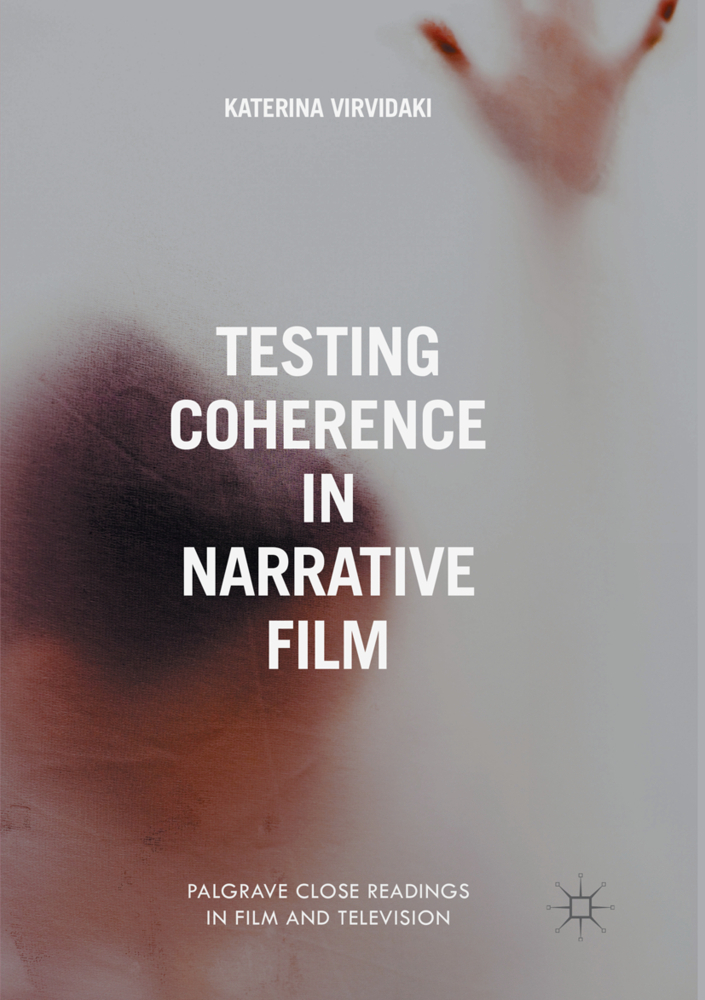
Zustellung: Mo, 26.05. - Mi, 28.05.
Versand in 2 Tagen
VersandkostenfreiBestellen & in Filiale abholen:
This book examines the concept of coherence in film studies. It asks if there are ways to appreciate the achievement of coherence in narrative films that are characterised by an eccentric or difficult style, as well as by an apparently confusing intelligibility. In order to answer this critical question, the author argues that we need to reconsider the predominant understanding of the concept of coherence in film studies. Virvidaki identifies how a general function of coherence is manifested through the aesthetic of transparency and unobtrusiveness of classical Hollywood film. The author then proceeds to a close analysis of stylistically perplexing narrative films, in order to demonstrate how we can broaden, expand and readjust the classical criteria of coherence. Testing Coherence in Narrative Film will appeal to film and philosophy scholars interested in aesthetics and narrative form.
Inhaltsverzeichnis
1. Introduction: Is `Coherence Just a Style? . - 2. PART I - Chapter 2: Interrogating Problems of Coherence in Narrative Film. - 3. The Elusive: Max Ophuls Madame De . - 4. PART II - Chapter 4: The Unbelievable: Carl-Theodor Dreyer s Ordet. - 5. The Fragmented: Jean-Luc Godard s Passion. - 6. The Digressive: Quentin Tarantino s Pulp Fiction. - 7. The Inexpressible: Terrence Malick s The Thin Red Line. - 8. Conclusion.
Produktdetails
Erscheinungsdatum
24. August 2018
Sprache
englisch
Auflage
Softcover reprint of the original 1st ed. 2017
Seitenanzahl
228
Reihe
Palgrave Close Readings in Film and Television
Autor/Autorin
Katerina Virvidaki
Verlag/Hersteller
Produktart
kartoniert
Abbildungen
IX, 218 p. 12 illus.
Gewicht
301 g
Größe (L/B/H)
210/148/13 mm
Sonstiges
Paperback
ISBN
9783319872544
Entdecken Sie mehr
Bewertungen
0 Bewertungen
Es wurden noch keine Bewertungen abgegeben. Schreiben Sie die erste Bewertung zu "Testing Coherence in Narrative Film" und helfen Sie damit anderen bei der Kaufentscheidung.










